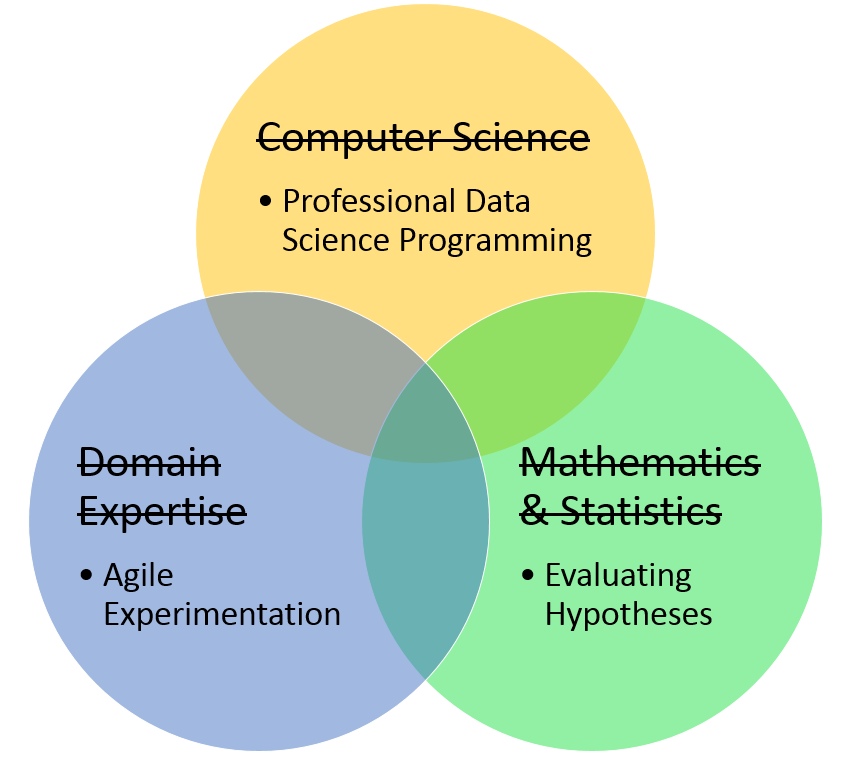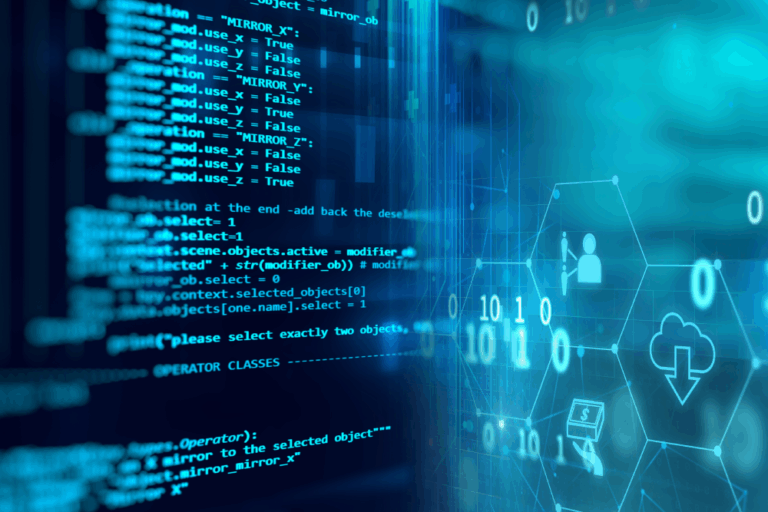
In the age of AI, where algorithms automate everything from credit scoring to drug discovery, many people wonder: Do we still need data scientists? The answer, in 2025, is a resounding yes—more than ever.
But their role is evolving.
Today’s data scientists aren’t just model builders—they’re strategists, communicators, product thinkers, and ethical stewards of machine learning systems.
This article explores what it means to be a data scientist in an AI-first company, and how to thrive in this new environment.
From Analysts to Architects
The original role
When the field emerged in the 2010s, data scientists were jacks-of-all-trades: scraping data, running SQL queries, building dashboards, training models, and presenting findings to business teams.
The early slogan was “sexiest job of the 21st century.”
The shift in 2025
Now, companies have matured. AI is embedded in products, customer journeys, and internal systems. The role of the data scientist has split and specialized.
Modern teams now include:
- Machine Learning Engineers: optimize models for production
- Analytics Engineers: manage data pipelines and modeling
- Data Product Managers: translate business needs into data goals
- Data Scientists: drive experimentation, insights, and ML strategy
So what does that modern data scientist actually do?
Core Responsibilities in AI-First Companies
1. Designing experiments
Instead of just analyzing what happened, data scientists now run A/B tests, multivariate experiments, and causal inference frameworks to guide decisions.
They partner closely with product and marketing teams to evaluate:
- Feature launches
- UX changes
- Pricing strategies
- Retention efforts
2. Interpreting machine learning outputs
AI models are powerful—but opaque. Data scientists make sense of:
- Model explainability (e.g., SHAP values)
- Fairness metrics across user groups
- Drift detection (when models stop performing)
- Monitoring model impact on KPIs
They’re the bridge between raw ML outputs and business understanding.
3. Collaborating across functions
Great data scientists speak multiple “languages”:
- Technical (engineering, modeling)
- Strategic (business goals, ROI)
- Human (user behavior, ethics)
They’re often facilitators—translating between execs, devs, legal, and designers.
4. Building tools and frameworks
While they may not deploy production code, data scientists often build internal tools:
- Dashboards
- Simulation environments
- Experiment trackers
- Custom visualizations
They help teams become more data-aware and self-sufficient.
What Skills Are Most Valued Today?
Technical
- SQL + Python fluency
- Data wrangling and analysis (Pandas, NumPy)
- Statistical modeling
- ML tools: scikit-learn, XGBoost, LightGBM
- Experimentation platforms (Optimizely, internal tools)
Communication
- Storytelling with data
- Writing clear reports
- Presenting to non-technical stakeholders
- Visual literacy (dashboards, charts)
Product thinking
- Understanding business models
- Framing questions correctly
- Prioritizing impact over complexity
Evolving Tools in the Data Science Toolkit (2025)
| Tool Type | Popular Options |
|---|---|
| Notebooks | Jupyter, Hex, Deepnote |
| BI + Dashboards | Metabase, Lightdash, Tableau |
| Data pipelines | dbt, Dagster, Prefect |
| Experimentation | Eppo, GrowthBook, Statsig |
| Collaboration | Confluence, Notion, Slack bots |
Cloud-based notebooks with AI copilots are also on the rise. Imagine typing:
“Build a time-series forecast of user signups by region”—and getting code suggestions instantly.
Data Science vs AI Engineer: What’s the Difference?
| Role | Focus |
|---|---|
| Data Scientist | Framing problems, analyzing outcomes, interpreting models |
| ML Engineer | Scaling models, APIs, infra, deployment |
| Data Analyst | Reporting, dashboards, descriptive stats |
| Research Scientist | Inventing new algorithms (often PhDs) |
Think of the data scientist as the person who helps ask the right questions and validate AI outputs in real-world settings.
Challenges Faced in AI Companies
Data chaos
Even AI-first companies struggle with bad data hygiene. Data scientists spend 30–50% of their time fixing or clarifying data issues.
Pressure for speed
Business teams want answers yesterday. Balancing rigor with speed is a constant tension.
Ethics and bias
Data scientists are now asked to raise red flags:
- Is this model discriminating?
- Should this decision be automated at all?
- How is this data being collected and used?
Their work is as much ethical as it is analytical.
Real-World Example: E-commerce Startup
At a fast-growing fashion app, the data science team is responsible for:
- Personalizing product feeds (ranking algorithms)
- A/B testing new recommendation models
- Predicting inventory needs
- Evaluating impact of influencer campaigns
- Monitoring fairness in pricing across regions
They don’t just crunch numbers—they shape how the product behaves.
How to Break Into This Role in 2025
- Build a strong foundation in Python, stats, and SQL
- Do real projects—not just course exercises
- Learn to read research papers and apply ideas
- Improve business intuition: what metrics matter?
- Practice communicating insights clearly
And most of all: stay curious. AI is moving fast, and the best data scientists are lifelong learners.
The Future of Data Scientists in AI Companies
They won’t be replaced by AI. They’ll work with it—co-piloting analysis, spotting blind spots, and asking deeper questions.
In the next decade, expect to see:
- “Chief Data Scientist” roles at C-level
- More hybrid analyst/PM positions
- Growing demand for ethical AI strategists
- A shift from dashboards to decision engines
The companies that win with AI will be the ones that use it wisely—and data scientists will be at the heart of that process.






